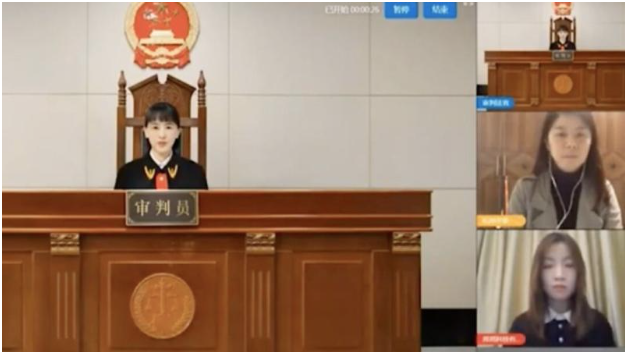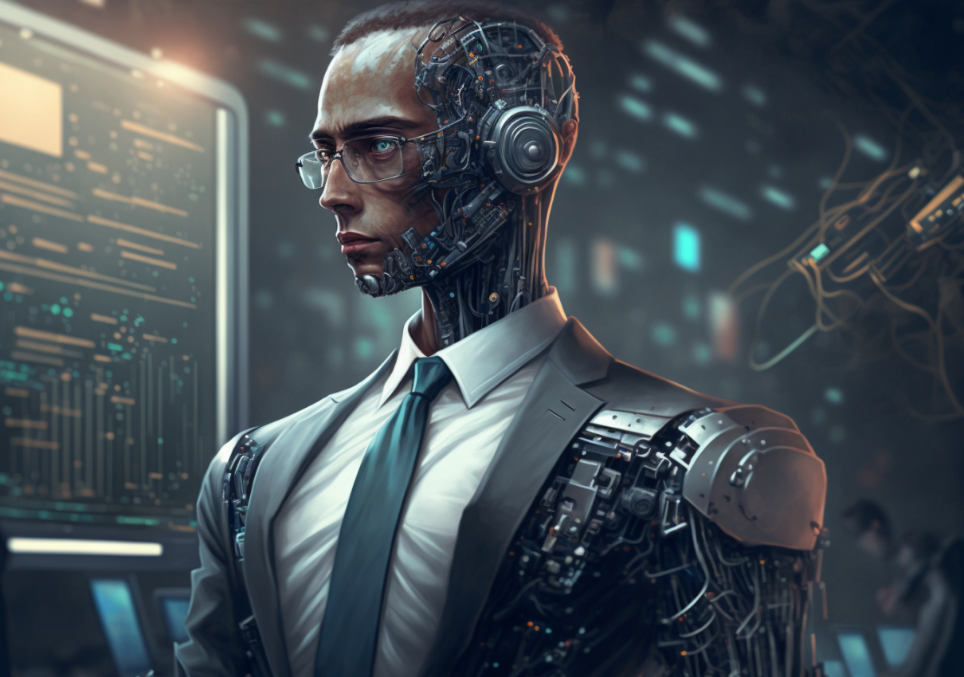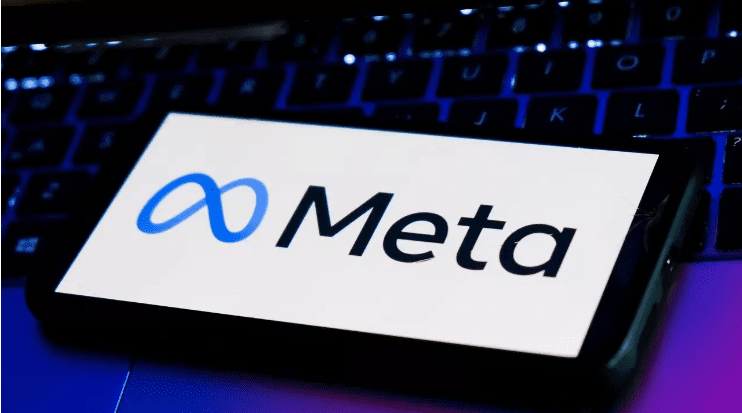According to Google’s latest report, the rise of artificial intelligence is “the most profound technological change of our lifetime”. The first areas where this change affects our lives are our professions, which occupy most of our lives.
Experts believe that while artificial intelligence will open up brand new job fields, it will also lead to the automation of some jobs. This suggests that many existing professions will be performed by machines in the very near future.
Coursera, the popular online course platform, suggests that by 2025 alone, developments in digitalization, data and artificial intelligence will create nearly 97 million new jobs. On the other hand, a report by the world-renowned investment bank Goldman Sachs concluded that 300 million jobs will be automated over the same period.
According to the same report, the top three sectors that will be most affected by AI-driven automation include office workers, administrative support staff and law.
Based on expert opinions and research, we looked at 10 areas that AI will automate in the near future. We also asked experts when certain professions will be completely under the control of machines.
These include the professions covered in Goldman Sachs’ report, as well as sectors such as education, publishing, security and blue-collar jobs.
Are there scientists who have written papers on this?
Artificial intelligence (AI) is a constantly evolving technology and is beginning to impact people’s jobs in many areas. Exactly when AI might take over people’s jobs depends on a variety of factors and it is difficult to give a precise timeline. However, in some areas it appears that AI is beginning to impact people’s jobs and in some cases may even replace them completely.
Some repetitive and routine tasks can be performed more efficiently by automation and AI. For example, robots working on the assembly line in factories can speed up the production process and perform their tasks accurately. Similarly, AI systems can be used to replace human labor in areas such as data analysis, customer service and financial transactions.
However, in some jobs, human skills are still important and may be difficult to replace completely with AI technology. For example, in areas such as creativity, complex problem solving, human relations and the creative arts, people skills provide a significant advantage. To replace humans in such jobs, AI needs to develop further and reach a human-like level of intelligence.
It is also important for humans to improve their professional skills and adapt to technology. With the emergence of AI, new jobs and opportunities may also emerge. People can work in harmony with the technology by collaborating with AI or providing management and development of AI systems.
As a result, it is a complex issue with no specific timeframe for when AI may completely take over people’s jobs. However, it is observed that AI is starting to impact jobs in certain areas and in some cases may replace humans. It will be important for people to develop their skills and adapt to the technology.
Many scientists and researchers have conducted studies and published articles on artificial intelligence and the future of work. Due to the nature of the work, research in this field is constantly being updated and evolving. Here are some leading researchers and examples of their publications:
Erik Brynjolfsson and Andrew McAfee: “The Second Machine Age: Work, Progress, and Prosperity in a Time of Brilliant Technologies”, Erik Brynjolfsson and Andrew McAfee discuss the impact of artificial intelligence and automation on the world of work.
Carl Benedikt Frey and Michael Osborne: “The Future of Employment: How Susceptible Are Jobs to Computerization?” examined the potential for automation of various job categories.
Martin Ford: “Rise of the Robots: Technology and the Threat of a Jobless Future” discusses the effects of automation and artificial intelligence on the workforce.
Arntz, M., Gregory, T., and Zierahn, U. (2016). “The Risk of Automation for Jobs in OECD Countries: A Comparative Analysis”. OECD Social, Employment and Migration Working Papers No. 189, they analyzed the effects of artificial intelligence and automation on jobs in OECD countries.
Frank Levy and Richard J. Murnane: “The New Division of Labor: How Computers Are Creating the Next Job Market”, they discuss the role of AI in reshaping jobs.
These are just a few examples and the amount of research on AI and the future of jobs is vast. You can find more scientific articles and books on the topic you are interested in.
In the article “The Future of Employment: How Susceptible Are Jobs to Computerization?” published in 2013 by Michael Osborne and Carl Benedikt Frey, the potential for automation is examined. The article analyzes the extent to which artificial intelligence and automation could affect jobs in different job categories.
The researchers assessed certain characteristics of jobs to determine the potential for automation to affect jobs. In particular, they considered factors such as routine, complexity and the need for the human touch. These factors play an important role in determining how easily a job can be automated.
The findings in the paper show that automation can affect many categories of work. In particular, routine and repetitive tasks have a higher potential for automation. For example, jobs such as data entry, telemarketing, data analysis are more prone to automation. However, jobs that require dealing with complex problems and emphasize skills such as creativity, human relations and complex social interaction are less susceptible to automation.
The researchers analyzed the data to estimate the extent to which automation might affect jobs in specific job categories. The results show that automation could be particularly concentrated in areas such as transportation, logistics, manufacturing and office work. However, jobs where the human touch and complexity are more important, in areas such as healthcare, education, creative arts and management, may be less affected by automation.
The paper is an important study for understanding the impacts of AI and automation on the workforce. Identifying the automation potential of jobs provides important information for workforce planning and skills development.
Is the era of virtual judges and lawyers near?
The issue of virtual judges and lawyers is a topic that has been discussed alongside developments in artificial intelligence and law. However, it is unclear how close the transition to an era of fully virtual judges and lawyers is. Let us explain a little more about this:
Artificial intelligence and automation technologies are already being used in the legal sector. For example, artificial intelligence systems are being used in some tasks such as document analysis, legal research and case evaluation to speed up work and increase efficiency. In addition, legal databases and natural language processing algorithms also support the work of legal professionals.

However, the issue of legal proceedings being conducted entirely by virtual judges and lawyers and decisions being made without the human element is more complex. The legal system is a field that requires humans to understand complex legal issues and make judgments. Judges and lawyers have the ability to make decisions based on their legal experience, creativity and ethical values.
AI technologies can assist legal professionals in certain areas, speeding up data analysis and research, making predictions and performing routine tasks such as document preparation. However, complex functions such as making legal decisions entirely without human influence and evaluating legal arguments cannot be fully delegated to AI at the current level of technology.
The issue of virtual judges and lawyers involves many factors, including the complexity of the legal system, ethical and fairness issues, and the need for a human element. It is unclear how long it will take to fully transition to an era of virtual judges and lawyers. However, it is expected that the use of artificial intelligence and automation in the legal sector will increase in the coming years and support the work of legal professionals.
Engineers and software developers: 2028 – 2033
Engineering is an important sector where artificial intelligence is creating new jobs while closing certain positions.
For example, the aforementioned report by Goldman Sachs states that artificial intelligence can create new jobs in this sector.
According to experts, these technologies can help engineers identify and analyze complex problems, enabling more accurate predictions and designs. They can also streamline workflow, automate routine tasks and improve collaboration across teams, allowing engineers to focus on creativity and innovation.
For developers and software engineers, however, the situation is a little more controversial.
The fact that ChatGPT will be available to everyone in 2022 has strengthened concerns that AI will put software developers out of work. Although it was not designed for this, ChatGPT was seen to be able to write simple to intermediate code at the request of users.
Google’s Bard tool also feeds this concern. Google is updating this tool, which is essentially a chatbot, to be able to write code on its own.
The company announced weeks ago that Bard can write code in 20 programming languages, including Java, C++ and Python, and can also help users with debugging.
Meanwhile, OpenAI announced earlier this year that it had started teaching software engineering to AI tools.
“There will be no programmers left in 5 years”
Emad Mostaque, CEO of Stability AI, the artificial intelligence company that developed the visual production tool Stable Diffusion, believes that AI will put programmers out of work in a few years.
Stating that artificial intelligence can write 41 percent of all new software code on GitHub, the businessman argues that “there will be no programmers left in 5 years”.
On the other hand, there is a significant group of industry professionals who oppose this view.
Publishing: 2026 – 2038
One of the fields deeply affected by the breakthroughs in artificial intelligence is publishing. Writers, journalists, translators and editors are closely experiencing the effects of automation in the industry in both positive and negative ways.
Google’s and Microsoft’s writing tools, which have become more sophisticated in recent years, have greatly eased the work of translators and editors. In fact, with the exception of publishing houses, most institutions do not even employ a proofreader.
While the use of tools like Google Translate and DeepL has become increasingly popular, word and document services have started to auto-correct misspelled words and do so more accurately.
With the emergence of chat bots like ChatGPT, AI is taking over the jobs of journalists and even writers.
AI’s journalistic journey: “There are three stages”
Already, media outlets such as MSN, CNET, Buzzfeed, Daily Mirror and Insider are fueling the automation debate in the industry by publishing news stories that are completely dictated by AI language tools and attempting to lay off editors in the process.
On the other hand, AI tools have actually been used in the industry for a long time. One of the leading examples of this is the US news agency Associated Press (AP).
AP started using artificial intelligence in 2014 to prepare corporate income news and sports summaries. The agency’s system pulls concrete, numerical data from specific media outlets and inserts it into gaps in what are essentially pre-determined text formats.





